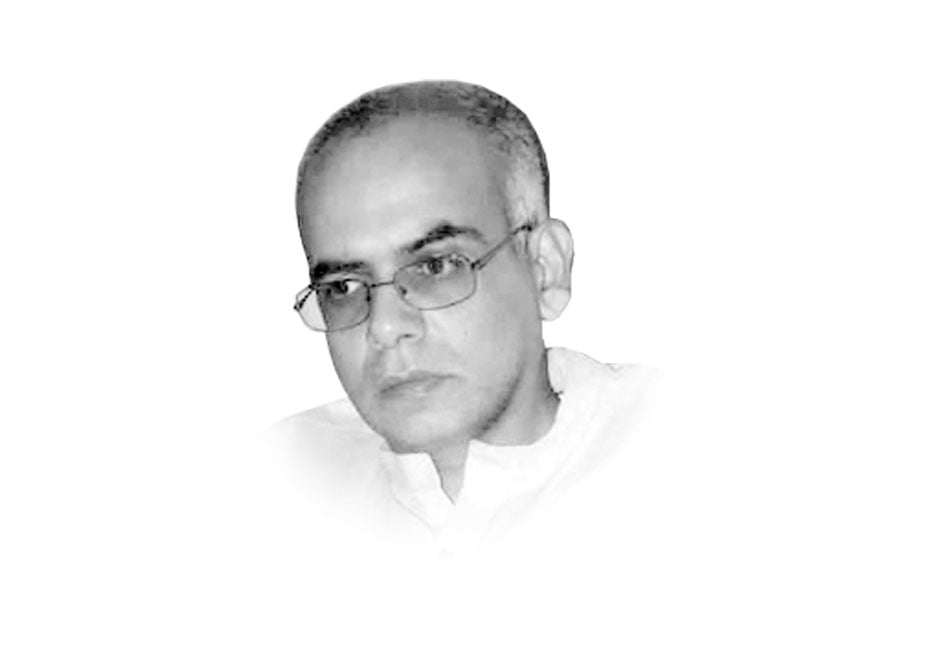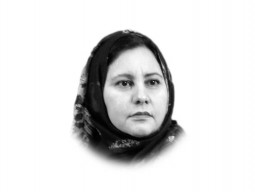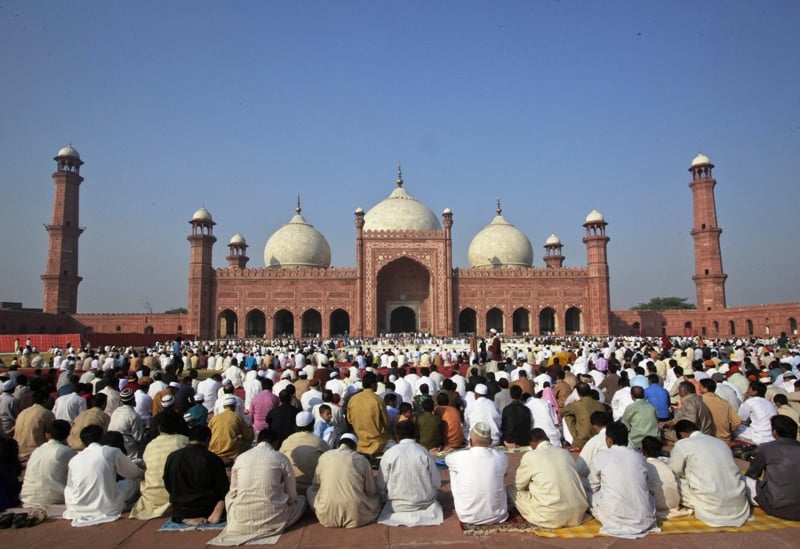
These findings, undoubtedly, have serious implications meriting attention by our policymakers as well as the citizenry at large. But what has prompted me to write this article is perhaps, an email sent out to several Pakistani journalists and analysts, by a rather enthusiastic Indian based in London, complaining about how Pakistan’s civilian and military leaders are ignoring this major problem. Discounting the fact that his own country is now the second most populous in the world, he claimed that India has done a much better job of managing its population, given that it has just quadrupled from over 300 million in 1947 to about 1.2 billion, while Pakistan’s population has gone up from 30 million to 192 million over the same period which implies over a 6 times increase. Furthermore, he advocated that Pakistan needs to take drastic action, such as adopting a coercive one child policy to significantly curb our population or else it will become even more ungovernable.
A more assertive rebuttal to such an assertion requires no more than pointing towards the hapless state of development indicators in India itself, or to describe this unsolicited assertion as a malicious attempt to fuel western fears concerning Pakistani fragility. Instead of indulging in such unconstructive arguments, however, let us try to reconsider existing possibilities of contending with our population growth rate more effectively.
Although optimists at home and abroad point to the potential demographic dividend of our burgeoning young population, they are also cautioning that immediate measures are needed to constructively harness this potential or it could turn into exacerbating social unrest instead of increased productivity. But doing so requires reshuffling our current spending priorities with an increased emphasis on human development goals. Yet, many donors and neo-liberal planners continue placing trust in market-led growth policies instead and avoid the contention of trying to redirect existing resource allocations patterns.
Conversely, it has also been argued that if our black/informal economy is taken into account, the Pakistani middle class accounts for about 40 per cent of our population, which is similar to the situation in India. The underlying argument here was that if our middle class is large enough, the existing paranoia concerning Pakistan’s fragility or growing radicalisation would prove unfounded, since a larger middle class will invariably keep Pakistan moving on a relatively liberal path in terms of its economic and political development.
While income assessments remain contested, it is hard to deny that poverty is not a severe problem for our country. Unsustainable population growth has already outstripped the capacity of the state to provide even basic amenities to a vast majority of the masses. Due to cultural and belief-based preferences, many poor people continue to have large families to help ensure household survival by putting their children to work. However, due to insufficient education their productive capacity is not adequately developed. Provision of better social services, including emphasis on female education, can help overcome such trends.
It is not impossible to alter societal preferences for family sizes either. For instance, there have been earlier attempts to use religious principles to highlight the need for a manageable family by local family planning organisations. However, limited outreach coupled with lack of continued re-emphasis, implies that many uneducated mullahs still frown upon family planning attempts. Despite the fact that religion itself places emphasis on breast feeding children for about two years, which would inherently necessitate birth spacing and help lessen mother and child mortality significantly.
Published in The Express Tribune, April 7th, 2012.



















COMMENTS
Comments are moderated and generally will be posted if they are on-topic and not abusive.
For more information, please see our Comments FAQ